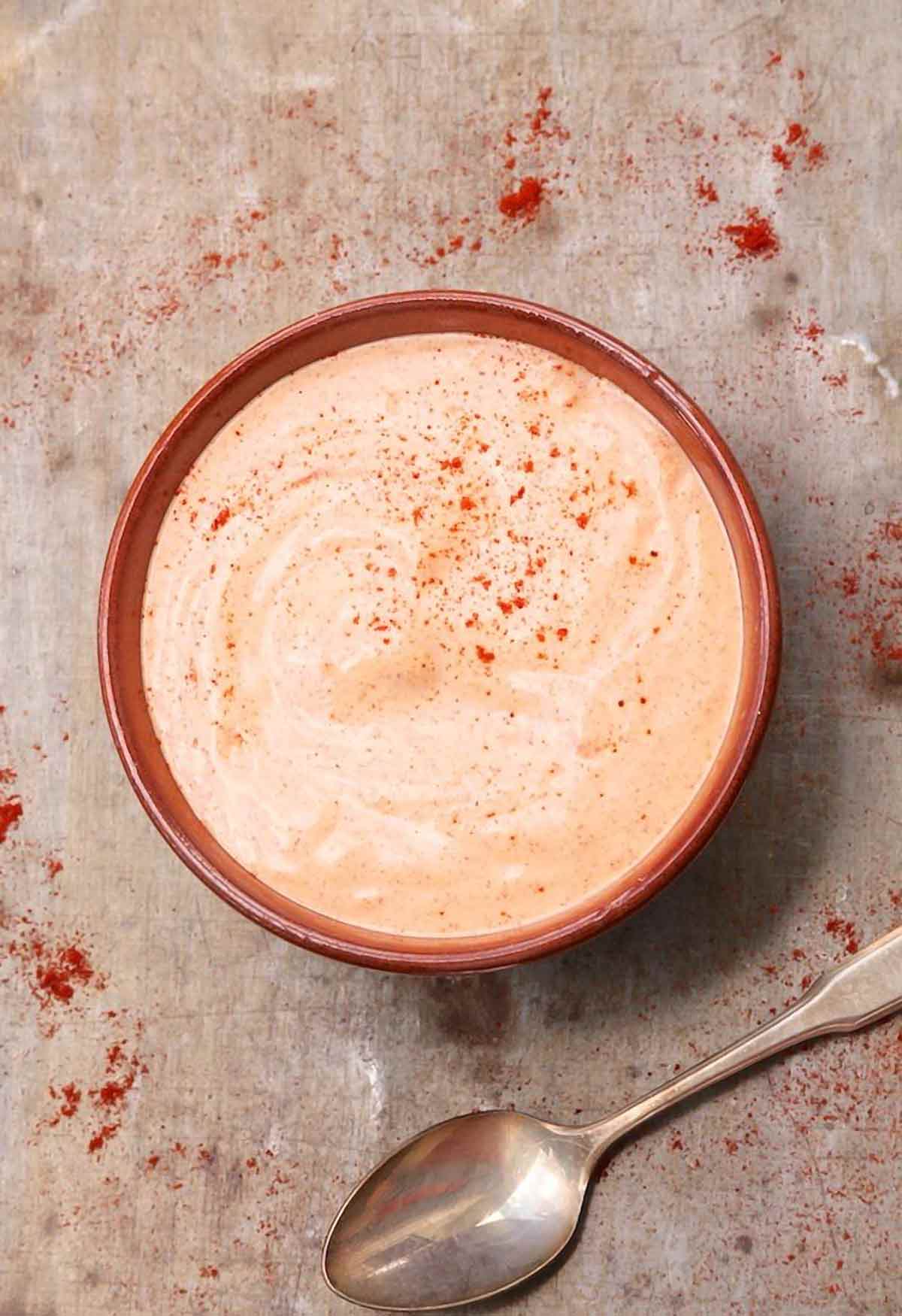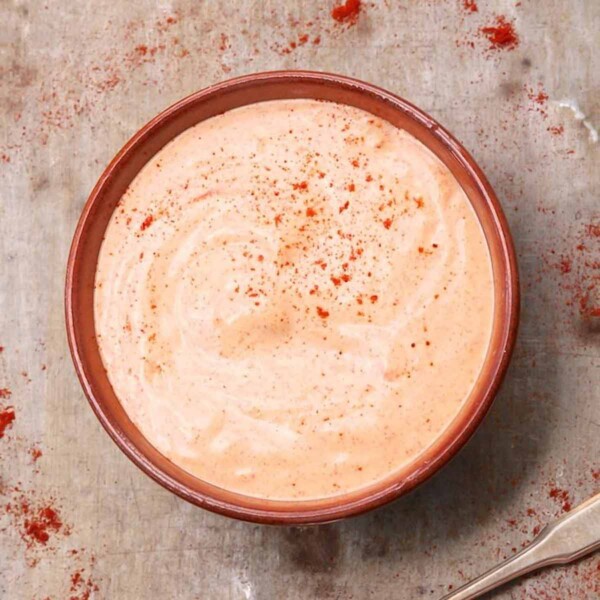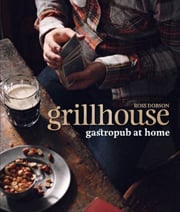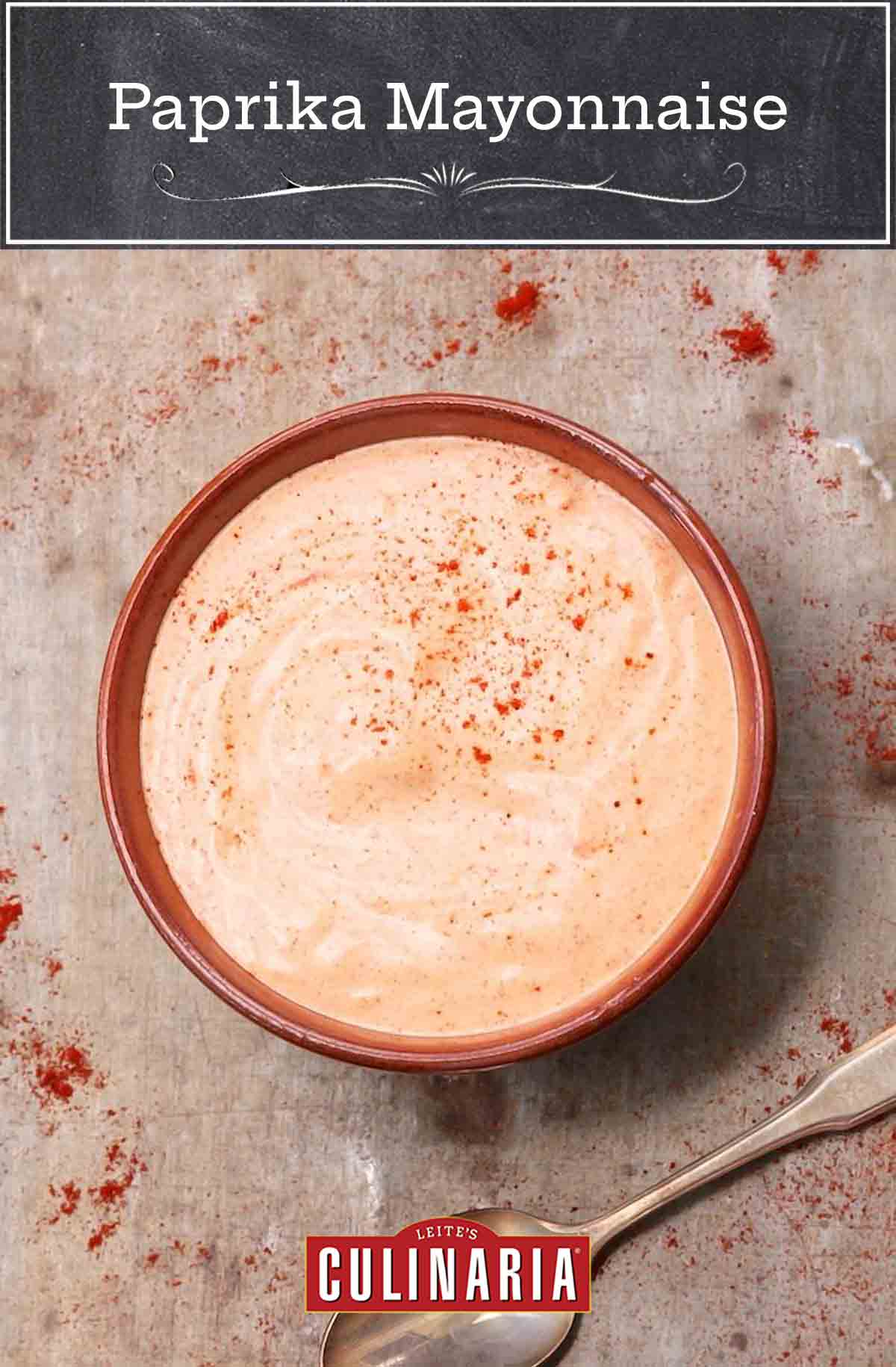
Not all bar food is fried — gastropubs have long been serving up more sophisticated yet equally hearty fare. We’ve never stopped enjoying classic, simple, hearty food. It may have been a while since it graced the covers of the foodie magazines but did people ever stop wanting to have a proper prawn cocktail, a perfectly roasted chicken, or a juicy pepper steak?–Ross Dobson

Paprika Mayonnaise
Ingredients
- 3/4 cup mayonnaise
- 1 teaspoon sweet smoked paprika
- 2 cloves garlic, crushed and peeled
- 2 teaspoons fresh lemon juice
Instructions
- In a medium bowl, combine the mayonnaise, paprika, garlic, and lemon juice.
- Cover and refrigerate until needed or for up to 24 hours.
Notes
*What can I substitute for sweet smoked paprika?
Smoked paprika is made from peppers that are smoked and dried over oak fires and comes in varying degrees of heat. Smoked paprika comes from Spain and is also called pimenton. Using a different kind of paprika will give you something close but you’ll be missing the smokiness. You can sub in chipotle 1 for 1—its got enough heat and smokiness to give you the flavor needed. You can also use liquid smoke but only in half the amount of paprika suggested, it can be overpowering if you use too much.
Nutrition
Nutrition information is automatically calculated, so should only be used as an approximation.
Recipe Testers’ Reviews
The paprika mayonnaise was the perfect blend of lemon, garlic, and smokiness from the smoked paprika (love that stuff!). The mayonnaise would be wonderful on any sandwich or with grilled chicken or fish, too.
The paprika mayonnaise was delicious, yet not entirely necessary with the spiced shrimp. That didn’t keep me from using it, however.
A footnote: this recipe really showcases a wonderful spice, smoked paprika.
This paprika mayo was the real star of the spiced shrimp recipe I made.













